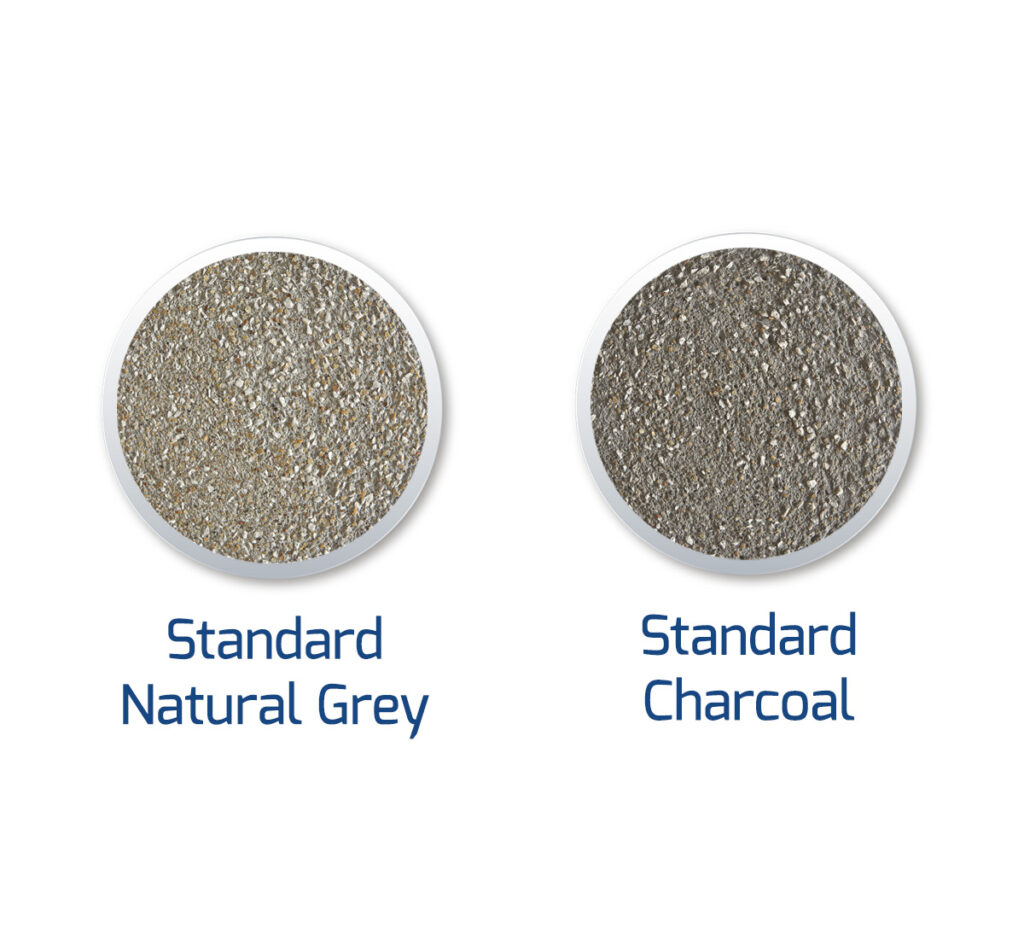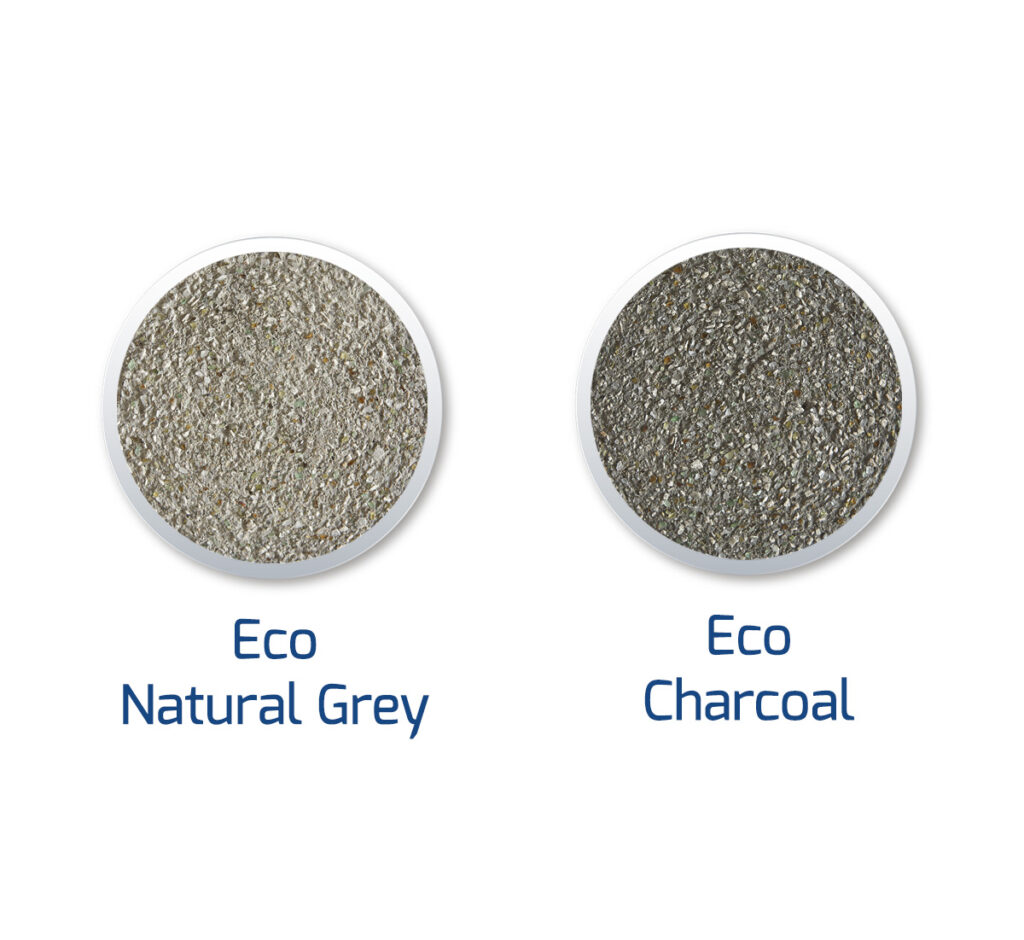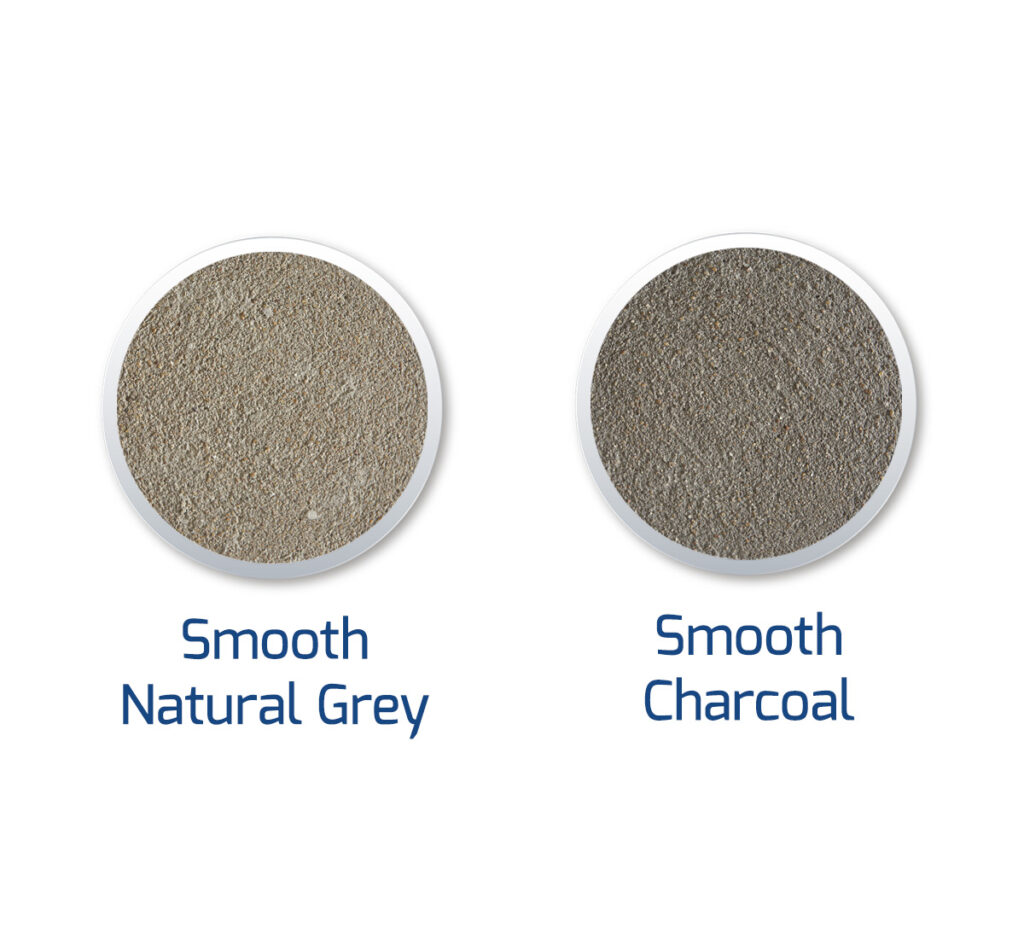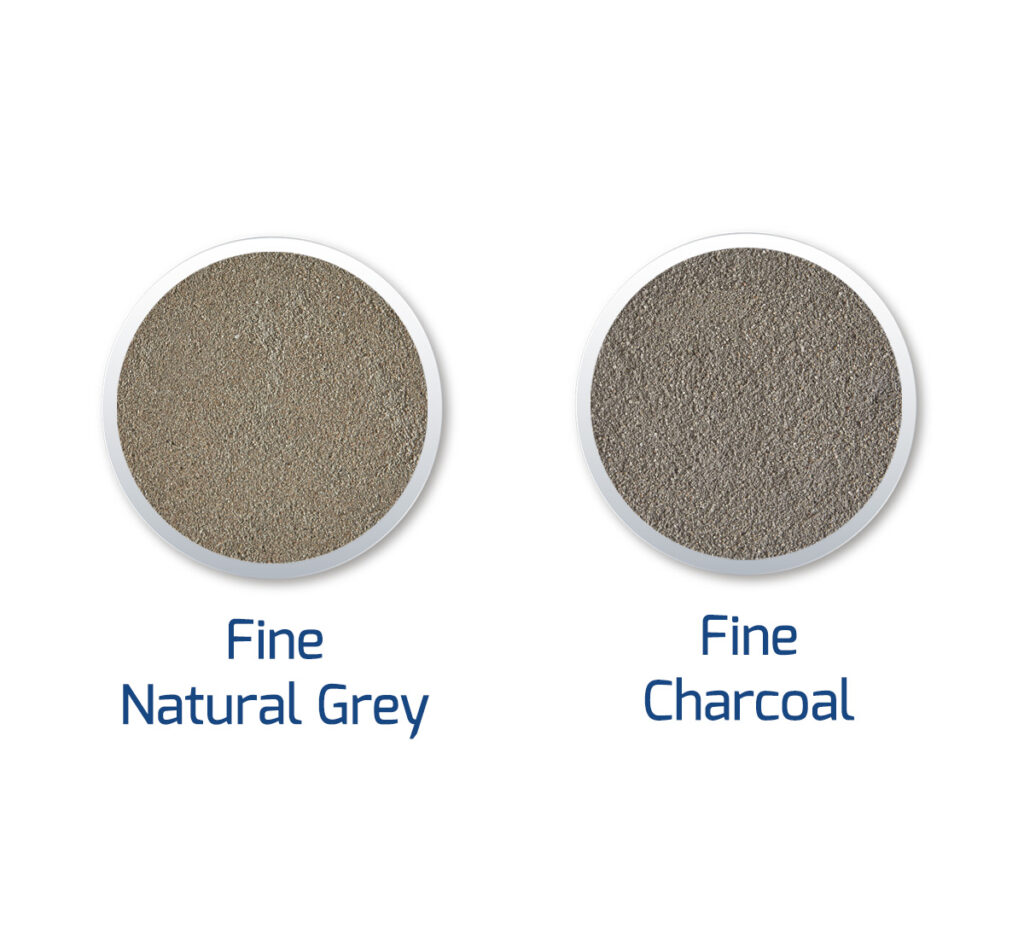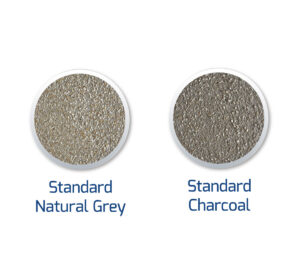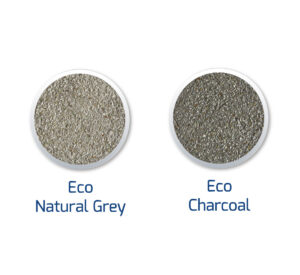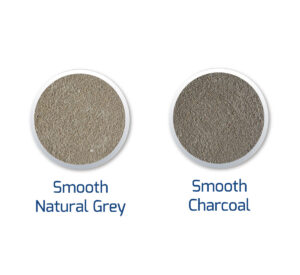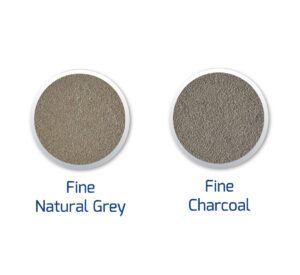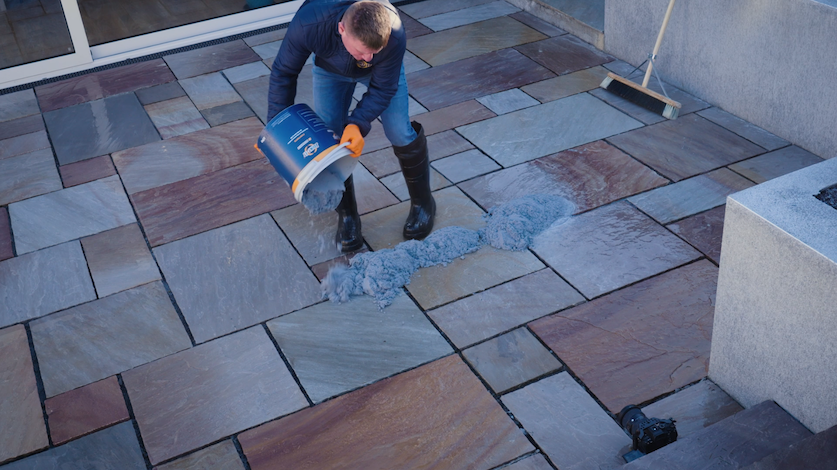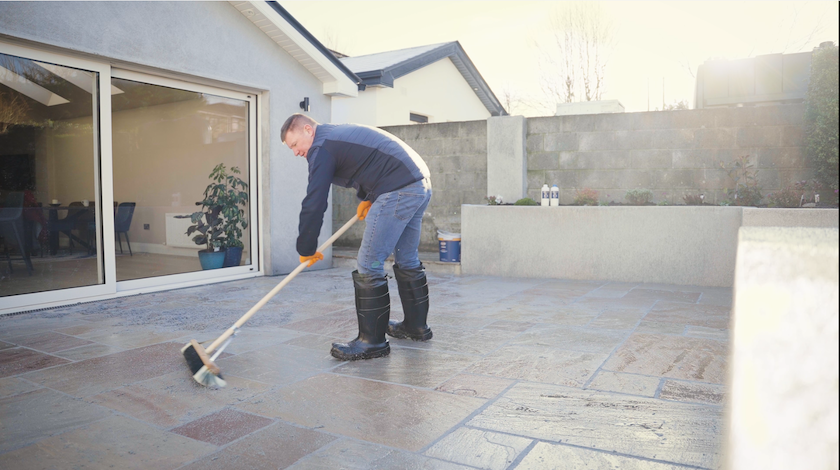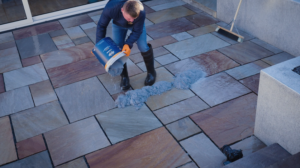While the strength and durability of a paving grout might be at the top of your checklist, there’s no doubt that aesthetics play a big role in scoring satisfied clients. Let’s take a look at the full range of Flowpoint grades and colours so you know which one to choose for each of your paving installations.
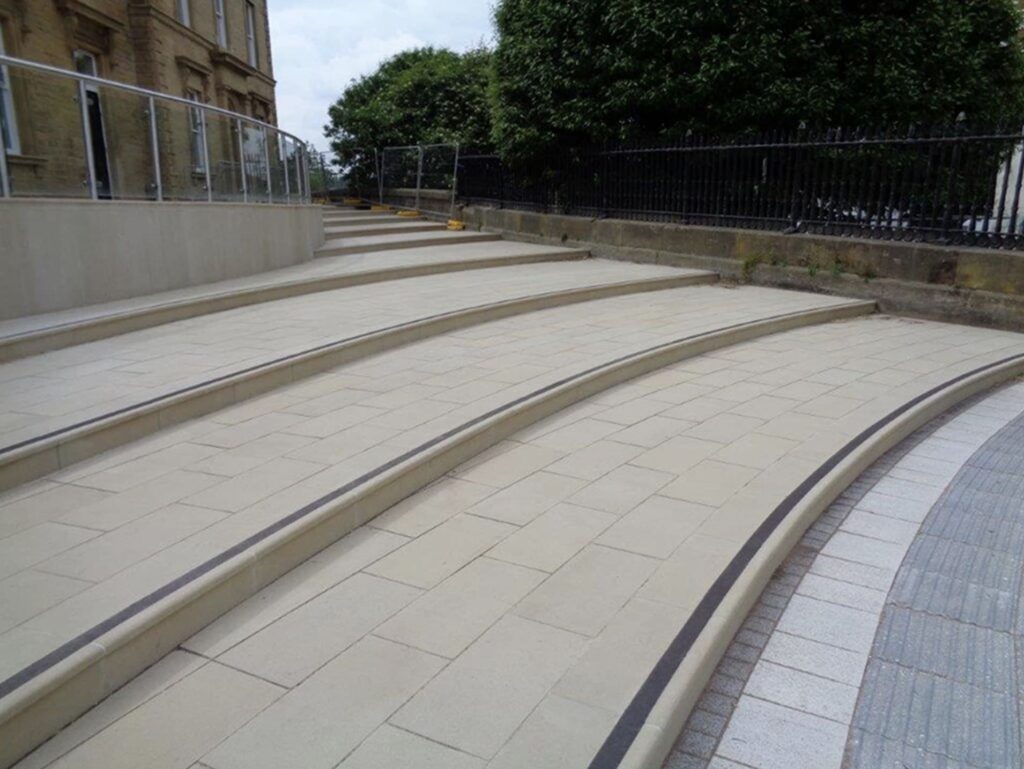
Overview of Flowpoint options
Flowpoint revolutionised pointing work when it was first introduced to the market 25 years ago. As a rapid-setting, cementitious slurry grout, it has helped save the spines and knees of many landscaping contractors the world over who would have otherwise been pointing by hand.
Fast-forward to today, and Flowpoint is now a popular wet slurry paving grout on the domestic market as well as being used on a vast array of large, commercial projects.
As such, Flowpoint now comes in four different grades – including the newest, Flowpoint Fine – and has two different colour options to choose from,
We get asked a lot of questions about the colours and grades of Flowpoint, including which colour or grade goes best with certain types of paving elements.
Read on to see for yourself the aesthetics of all the options so you can make the best choice for your company’s landscaping gigs.
What colours is Flowpoint available in?
Flowpoint is currently available in two colours: Natural Grey and Charcoal.
Although the options may seem limited, the four Flowpoint grades available offer slightly different takes on these two colours. See the differences in the swatch samples below.
But first of all, let’s find out about the two colour options of Flowpoint.
Natural Grey
Despite its name, the Flowpoint Natural Grey colour could be considered to be less of a grey and more a traditional light buff.
More akin to traditional pointing, the Natural Grey colour can be a perfect grout colour to use with Indian sandstone, limestone and granite setts.
Charcoal
Flowpoint Charcoal is a much deeper shade of grey than Natural Grey.
As a mid to dark grey, it is ideal for a really slick, contemporary feel and looks particularly pleasing when used to point black porcelain, slate patios and granite slabs.
Read on to see samples of these colours for each Flowpoint grade.
What types of Flowpoint are available?
You might have an idea of which colour you prefer already. But what about choosing the right type of Flowpoint for your hard landscaping?
Flowpoint is available in four different grades:
- Standard
- ECO
- Smooth
- Fine
Rest assured, each one of these grades is as high quality as the next.
Another commonality is that they are all rapid-setting cementitious slurry grouts. Applied in the same way and with the same long-lasting performance (particularly when used in combination with Pro-Prime), they each comply with the British Standard BS7533, assuring their reliability and durability.
We’ll cover each grade in turn to give you a bit of an overview. Below we go into more detail about the main differences between the grades, plus a handy table so you can compare all of the grades and colours in one view.
Standard Flowpoint
Every product needs a standard formula.
Still a rapid-setting grout with an expected 40-year longevity after applying in combination with Pro-Prime and other Instarmac products, Flowpoint Standard offers the benchmark for the other products in the range.
As you’ll find below, some of the other grades of Flowpoint contain a finer aggregate than the Standard grade, which can be ideal for certain types of stones and slabs.
Flowpoint ECO
If you’re looking to boost the sustainability credentials of your project, then Flowpoint ECO is the choice for you.
Made from 20% recycled materials, this ECO grade uses far less virgin aggregate than any other of the Flowpoint grades.
ECO contains recycled glass that would have otherwise been disposed of in landfills. So choosing this more environmentally friendly option helps you do your bit in helping to reduce carbon emissions.
You may notice that the Natural Grey and Charcoal colours of Flowpoint ECO look very similar to the grouting finishes of Flowpoint Standard.
Flowpoint Smooth
The smooth grade of Flowpoint came out some time ago to offer paving contractors and DIYers a reliable fast-setting grout for narrow joints from 3mm wide.
Ideal for porcelain slabs, together with natural stone and concrete blocks, Flowpoint Smooth is the grade of choice when you’re looking for a much smoother aggregate finish.
Flowpoint Fine
As the newest grout in the Flowpoint range, Flowpoint Fine is causing quite a stir in the landscaping world.
Launched earlier this year and available in 20kg buckets (rather than the usual 25kg bags), Flowpoint Fine contains a much finer aggregate than the other three options. Even finer than Flowpoint Smooth, this grade of Flowpoint can be used for pointing joints with no voids at all.
Gareth Wilson, an expert witness in hard landscaping and head trainer of landscapers at the Landscaping Academy, works closely with the team at Instarmac and was lucky enough to trial Flowpoint Fine last summer. He is over the moon about what this new, finer slurry grout brings to the market.
“I used Flowpoint Fine around eight months before it was launched when it was in its trial stage. Simply put, it is awesome! Flowpoint Fine is literally going to take over the market.”
What’s so good about Flowpoint Fine? Gareth explains, “It looks just like an indoor tile grout – you could literally mistake it for that with it being so fine. With a much finer aggregate, it’s more aesthetically pleasing too.”
Flowpoint Fine can be used with the following types of pavers and stones that require a rigid or bound, void-free joint:
- Sandstone smooth
- Limestone smooth
- Granite smooth
- Sawn Yorkstone
- Dorset smooth
- Porcelain
- Ceramic
“We’ve also used it with riven sandstone and not had a problem at all,” adds Gareth.
Read our recent article on Flowpoint Fine for more details.
What are the main differences between the formulas?
Let’s delve a little deeper into the real differences between these grades.
Some of the differences between Flowpoint grades can be quite subtle. On the other hand, with certain grades you can make a clear choice based on your paving elements and the overall look you want from the project.
#1 Size of aggregate used in the formula
The largest aggregates are found in Flowpoint Standard and Flowpoint ECO, which both use aggregates of the same size.
As Flowpoint Smooth is for narrower joints, the aggregate is slightly less visible.
For Flowpoint Fine, the aggregate is virtually undetectable making it look more like an indoor bathroom or kitchen tiling grout.
#2 Materials in the formula
The major difference in terms of the type of materials used is with Flowpoint ECO.
Unlike the other Flowpoint grades in the range, Flowpoint ECO contains 20% recycled materials and therefore less virgin aggregate.
#3 Size of joints you can point
The size of aggregate in a grade of Flowpoint really dictates the size of joints you can point.
Standard and ECO grades of Flowpoint can both be used for joint widths of 5mm to 50mm wide.
Containing finer aggregates, Flowpoint Smooth can be used with a minimum of 3mm joint widths (up to 50mm wide) and Flowpoint Fine can be used from 2mm joint widths or with no voids (and again, up to 50mm wide).
All grades of Flowpoint can be used with joint depths from 20mm to 200mm.
#4 Packaging and product sizes
When Flowpoint Fine hit the market this year, it brought with it some new packaging.
Instead of the standard 25kg bags used for the other grades, Flowpoint Fine is instead available in a 20kg bucket – similar to tubs of the permeable grout, PremJoint.
Made of recycled plastic, the bucket will often be reused by contractors to take on site and store tools and other materials.
#5 Amount of water you add to the mix
Another key difference with Flowpoint Fine is that you add less water to the mix than with the other Flowpoint grades: 3.4 litres of water rather than the usual 4.25 litres.
We do strongly recommend ensuring you add the exact amount of water when mixing Flowpoint to avoid compromising the formula.
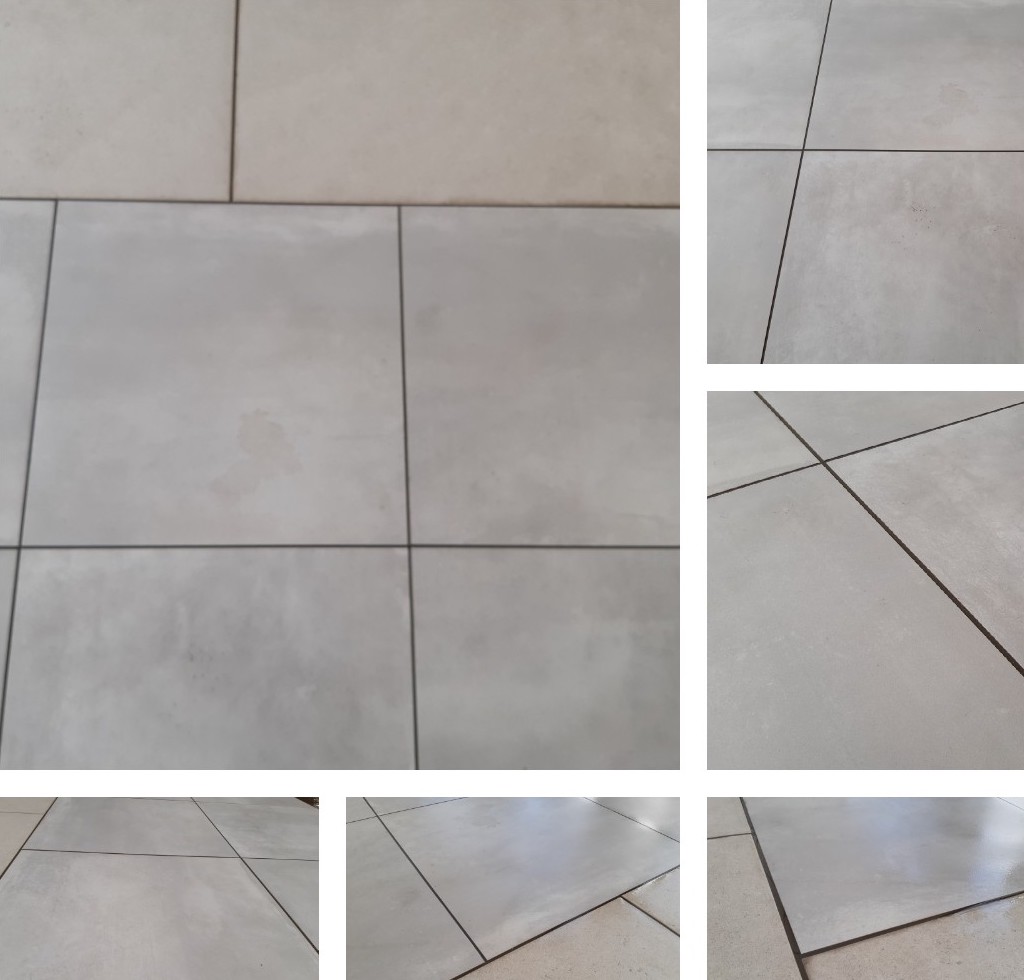
How to choose a Flowpoint grade
Struggling to make a decision between the Flowpoint grades? Here’s a quick summary to compare the different grades of Flowpoint.
Although there are only two colours available for the whole range, you’ll notice subtle differences between them depending on which grade you choose.
Flowpoint Standard
- Ideal to use with all types of natural and manmade stone*
- Joint widths: 5–50mm
- Available to buy as a single bag (25kg), a pallet of 56 bags or a part-pallet of 40 bags
Flowpoint ECO
- Ideal to use with all types of natural and manmade stone*
- Joint widths: 5–50mm
- Available to buy as a single bag (25kg) or a pallet of 56 bags
Flowpoint Smooth
- Ideal to use with porcelain pavers and for narrower joints
- Joint widths: 3–50mm
- Available to buy as a single bag (25kg), a pallet of 56 bags or a part-pallet of 40 bags
Flowpoint Fine
- Ideal to use with certain natural and manmade pavers, including sandstone smooth, limestone smooth, granite smooth, sawn Yorkstone, Dorset smooth, porcelain and ceramic
- Joint widths: void-free joints (2–50mm)
- Available to buy as a single tub (20kg) or a pallet of 40 tubs
* As a cementitious grout, it is not advised to use any grade of Flowpoint with black limestone.
Quick comparison of Flowpoint colours and grades

Share your insights on Flowpoint grades
We’d love to hear your experiences of the different Flowpoint grades and which paving elements you’d recommend to use them with. Share your thoughts in the comments below – or even add your questions and we’ll get them answered pronto.
If you’d like some extra help in making your choice before buying Flowpoint, we’re here to guide you through the subtle differences of each grade. Call us on 0330 122 1025. Our paving experts are available weekdays from 8.30am to 5.30pm.
Explore more grout colours
You may also be interested in reading our complete guide to Fuga-Pave grout colours.
Fuga-Pave is one of the easiest grouts to mix and apply and is available in five non-fade colours covering cool and warm shades.

